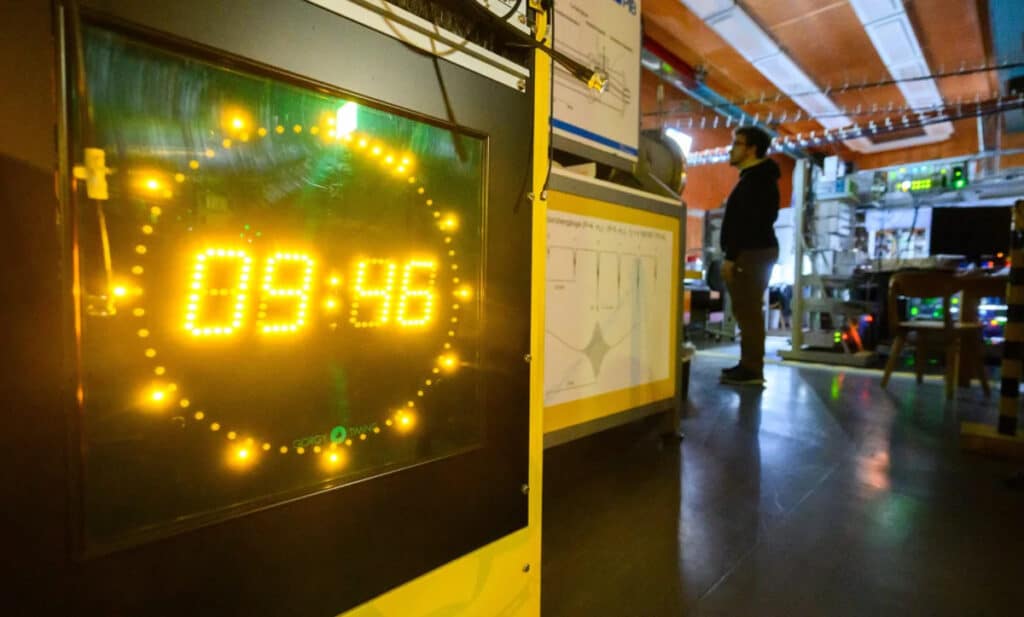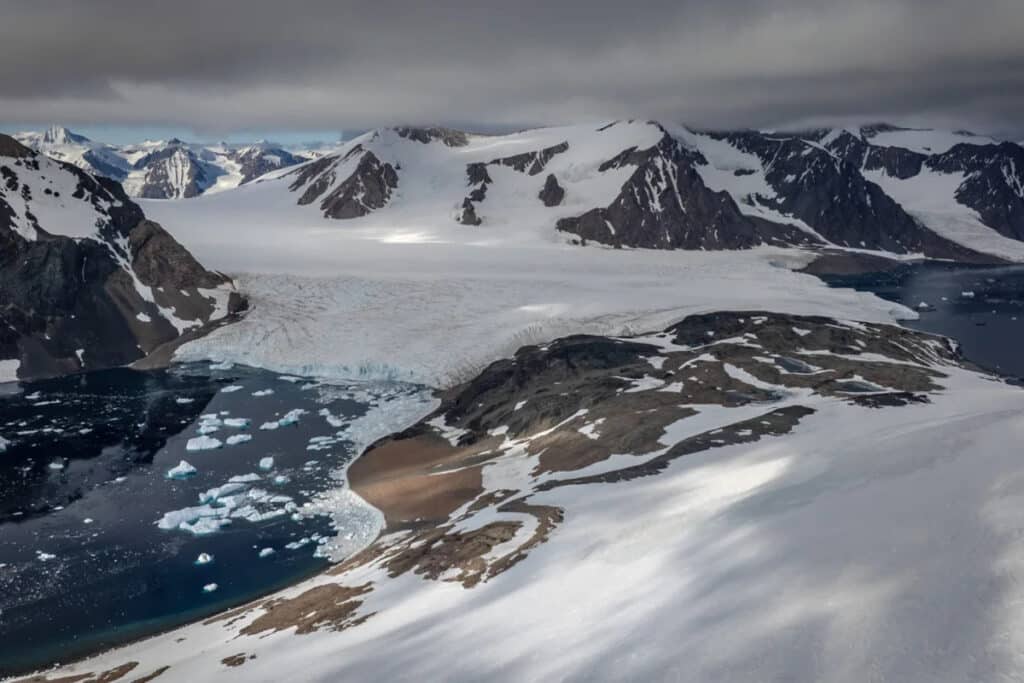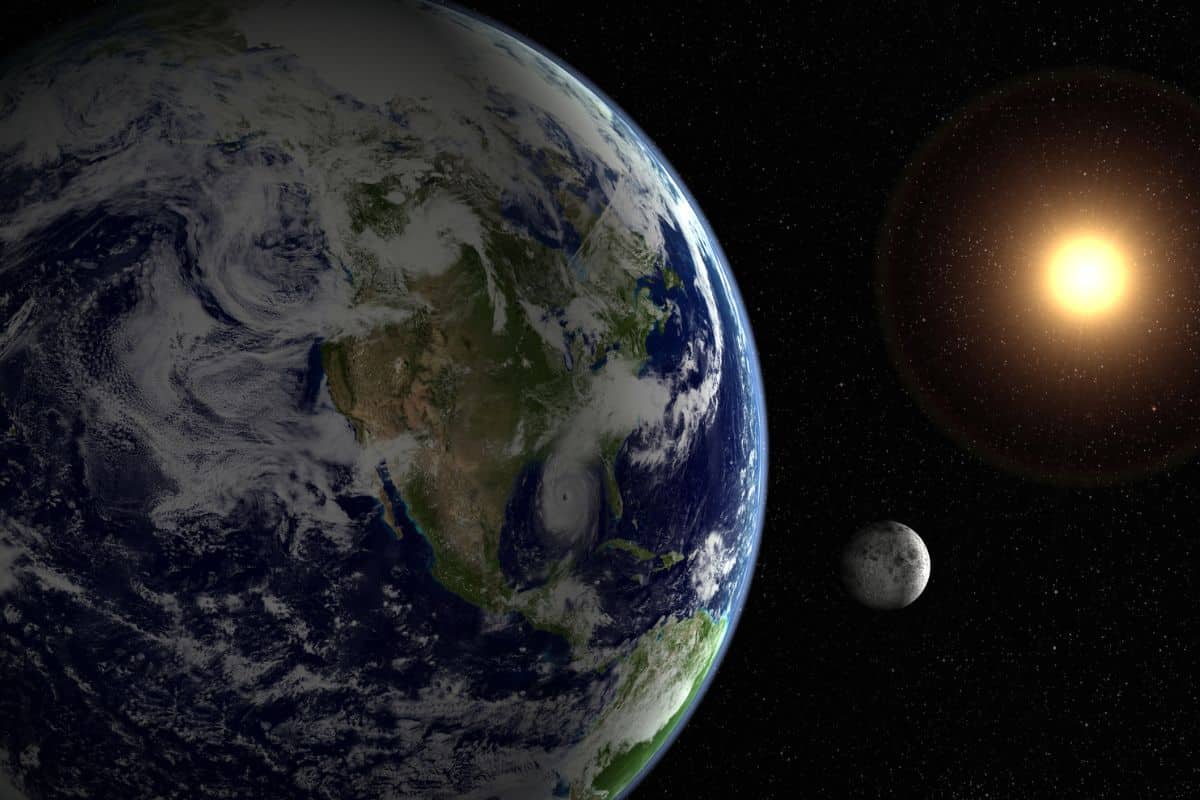Earth’s rotation is quietly speeding up—some days this summer are ending over a millisecond early. As mills of seconds add up, timekeepers may face the unprecedented step of subtracting a “negative leap second” to keep our clocks in sync.

An atomic clock in the time laboratory of the Physikalisch-Technische Bundesanstalt (PTB) in Germany. These devices use lasers and atoms to calculate time with extreme precision. Julian Stratenschulte/picture alliance/dpa/Getty Images
Shorter Days on the Horizon
This summer, Earth is rotating faster than ever—so much so that some days are under 24 hours. On July 10, 2025, our planet completed a turn in 1.36 milliseconds less than the standard 86,400 seconds. More record-short days loom on July 22 and August 5, at 1.34 ms and 1.25 ms under 24 hours, respectively.
Why Seconds Matter
Atomic clocks—our most precise timekeepers—track time by counting atomic oscillations in a vacuum chamber. They define UTC (Coordinated Universal Time), the global standard that anchors everything from GPS satellites to financial trading. Yet Earth’s actual rotation wobbles daily, thanks to the moon’s pull, seasonal air shifts, and flows in our liquid core. Satellites monitor these tiny drifts by comparing Earth’s spin against the fixed stars.

The spin rate of Earth is affected by many factors, but the moon and the tides have traditionally played a major role. NASA
Leap Seconds and the Next Frontier
Since 1972, scientists have added 27 leap seconds to sync UTC with a slowing Earth. But as Earth speeds up, we haven’t needed one since 2016. In 2022, standards bodies voted to retire leap seconds by 2035. If the trend continues, we may need a negative leap second—subtracting a second—to keep UTC aligned. Experts estimate about a 40% chance of that before 2035.
What’s Speeding Up the Spin?
- Tidal forces: The moon slows us at the equator and speeds us at higher latitudes.
- Seasonal winds: Summer jet-stream shifts transfer angular momentum back to the solid Earth.
- Core dynamics: A sluggish liquid core lets the crust spin more rapidly.
These effects persist day to day but blur over longer stretches, making only one-year forecasts reliable.

A view of Shoesmith Glacier on Horseshoe Island in Antarctica. Melting ice here and in Greenland is affecting Earth’s rotation speed. Sebnem Coskun/Anadolu Agency/Getty Images
Climate’s Surprising Role
Melting ice sheets in Greenland and Antarctica shift mass onto the oceans—much like a skater extending their arms—and slow Earth’s spin. Without that meltwater, we’d likely already have a negative leap second. Rising seas from ice loss also tilt Earth’s axis, a shift that may eventually rival lunar influences.
By century’s end, unchecked warming could dominate our planet’s spin changes, experts warn.

